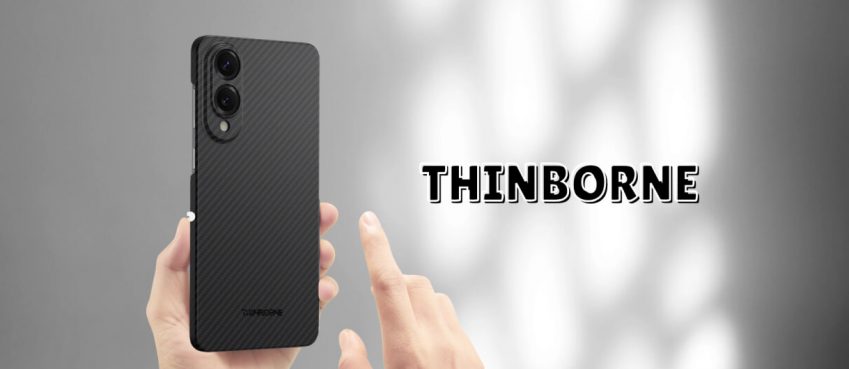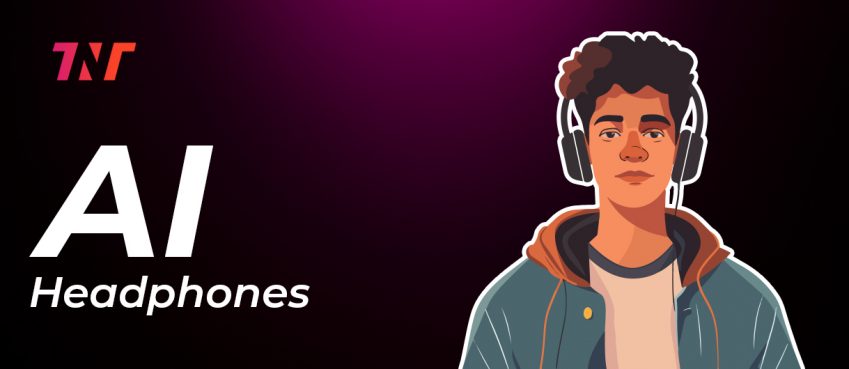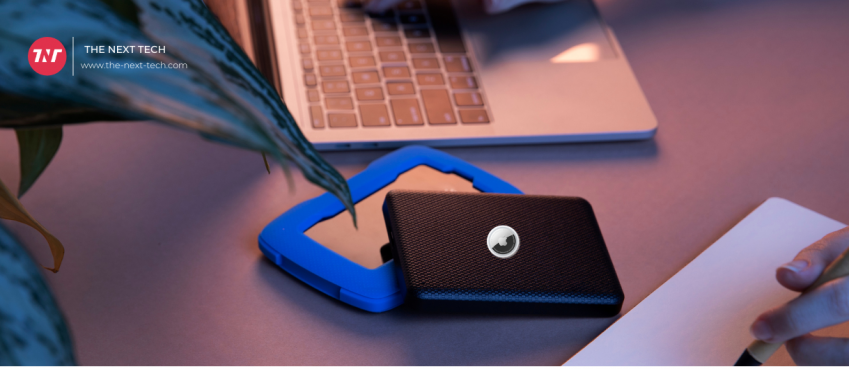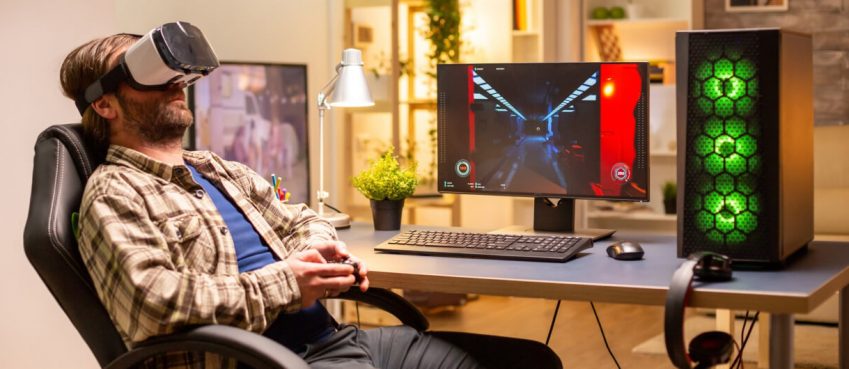
How Tech Helps Us See
Eyeglasses have been around for hundreds of years, but the technology that goes into them is still constantly improving. In prescription lenses alone the advancements that have been made in the last hundred years is astounding. Glasses are a technology so old we don’t usually think of them as technology, but the advancements are happening so fast in a hundred years we won’t even recognize them.
Glasses were invented by monks in the 13th century, but it took five more centuries for someone to add the temple arms to hold them on a person’s face. In 1784, Benjamin Franklin invented bifocal glasses to help himself see both near and far, but glasses still weren’t available to the masses until the 19th century, when mass production made them more affordable and widely accessible.
In the last hundred or so years, the biggest advancements in glasses technology was in the corrective lenses. At some point someone figured out that enhancing the light entering the eye could potentially cause damage thanks to the intensification of UV rays, so first polarized lenses were developed to address this as well as glare, and then UV coatings were introduced to block out UV light a few decades later. High index plastic lenses came along after that, allowing even the heaviest of prescriptions to be thinner than ever. Then came polycarbonate lenses, which are up to ten times as impact resistant as traditional lenses, adding additional safety to glasses.
But those safety and convenience improvements are not the only ones that have been made to glasses in the last several decades. As more people have spent time looking at screens, first televisions then computers and finally smartphones, people began to recognize the deleterious effects of blue light on not only our eyes but also our sleep patterns and stress levels. Blue light blocking glasses have been around nearly a decade, but they have only become more popular as technology has increasingly taken over our lives.
There’s also emerging technology that will help people see better even when they don’t have access to optometrists or the ability to get contact lenses. Nanodrops are the next frontier in vision correction. Using a smartphone, light refraction emerging from a person’s eye is measured. Those measurements are used to create custom nanoparticle eye drops, and when a person puts these drops in their eye, the nanoparticles correct the angle of the light entering the person’s eye, thus correcting their vision without the need for a visit to the eye doctor or large format corrective lenses.
Additionally, there is also progress being made on the front of restoring partial vision to those who are blind through the use of technology. The Visual Cortical Prosthesis System utilizes an implant in the brain and a camera attached to glasses to help relay visual signals to a blind person’s brain directly.

Top 10 News
-
01
Top 10 Deep Learning Multimodal Models & Their Uses
Tuesday August 12, 2025
-
02
10 Google AI Mode Facts That Every SEOs Should Know (And Wha...
Friday July 4, 2025
-
03
Top 10 visionOS 26 Features & Announcement (With Video)
Thursday June 12, 2025
-
04
Top 10 Veo 3 AI Video Generators in 2025 (Compared & Te...
Tuesday June 10, 2025
-
05
Top 10 AI GPUs That Can Increase Work Productivity By 30% (W...
Wednesday May 28, 2025
-
06
[10 BEST] AI Influencer Generator Apps Trending Right Now
Monday March 17, 2025
-
07
The 10 Best Companies Providing Electric Fencing For Busines...
Tuesday March 11, 2025
-
08
Top 10 Social Security Fairness Act Benefits In 2025
Wednesday March 5, 2025
-
09
Top 10 AI Infrastructure Companies In The World
Tuesday February 11, 2025
-
10
What Are Top 10 Blood Thinners To Minimize Heart Disease?
Wednesday January 22, 2025







